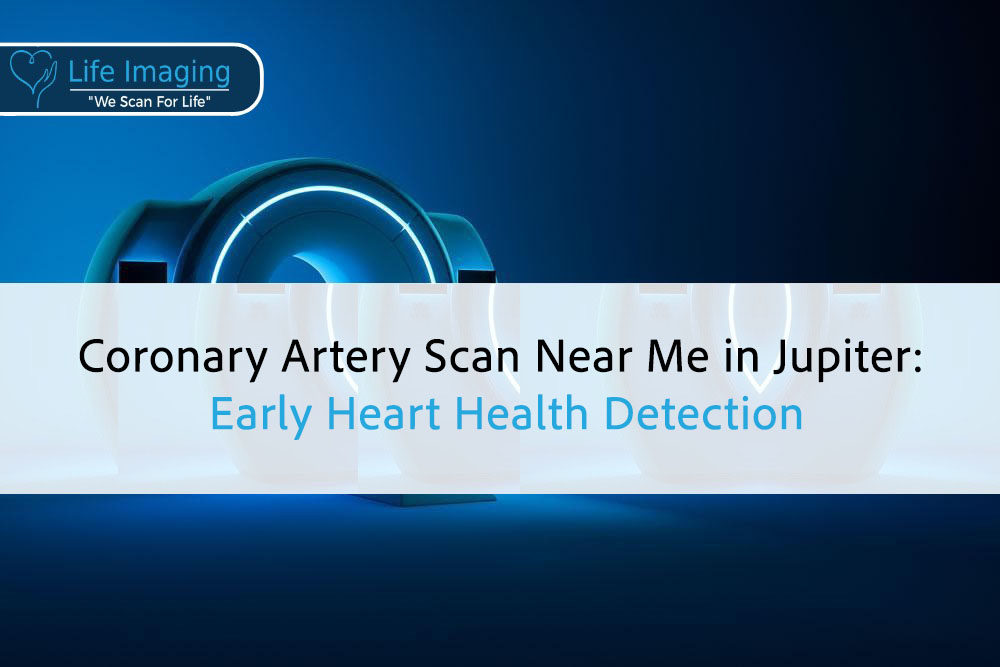
Coronary Artery Scan Near Me in Jupiter: Early Heart Health Detection
Introduction Your heart works hard every second of the day,
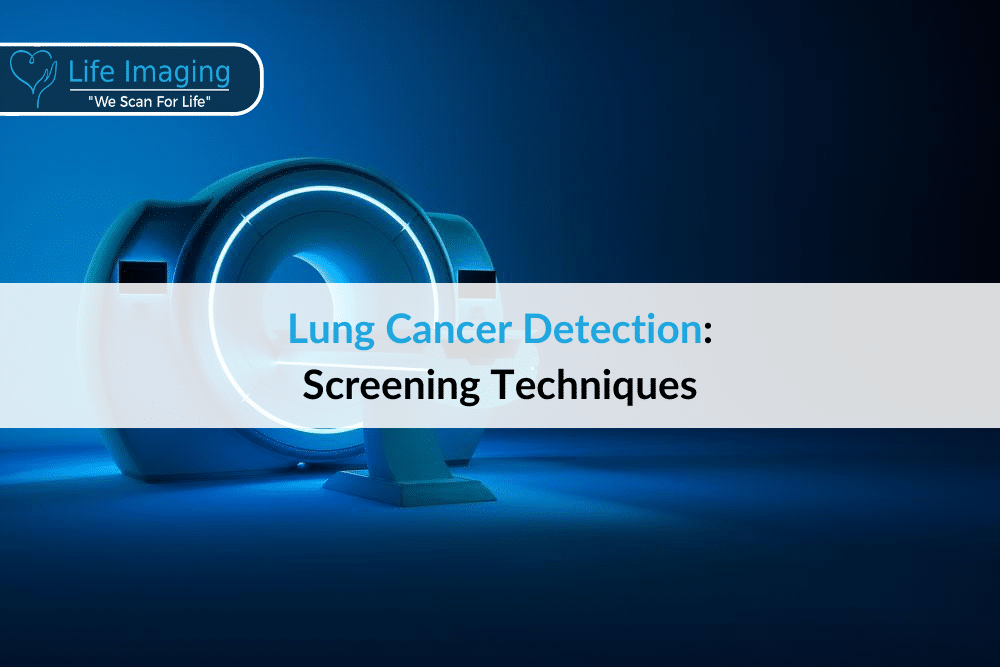
The fight against lung cancer often hinges on early detection. In many cases, the sooner lung cancer is identified, the better the chances for effective treatment and positive outcomes. This makes understanding and utilizing advanced screening techniques crucial for saving lives.
At Life Imaging Fla, located in Deerfield, advanced imaging technologies are employed to detect lung cancer at its earliest stages. Life Imaging Fla specializes in early detection not just for lung cancer but also for heart disease and other serious conditions. Their state-of-the-art imaging center uses cutting-edge technology to provide accurate and timely diagnoses, empowering patients to take control of their health.
Lung cancer is one of the most prevalent cancers globally, yet it is often diagnosed at advanced stages due to its subtle early symptoms. Comprehensive screening programs, such as those offered by Life Imaging Fla, play a pivotal role in identifying lung cancer before it progresses. Techniques like low-dose computed tomography (LDCT) scans have revolutionized the ability to detect minute abnormalities in the lungs, thereby facilitating early intervention.
This article delves into the various lung cancer detection methods available, emphasizing the importance of early screening. We will explore how these techniques work, their efficacy, and why early detection is vital. Moreover, we will highlight the valuable services provided by Life Imaging Fla, illustrating how their advanced imaging technology supports the health and well-being of the Deerfield community. By the end of this article, you will have a thorough understanding of lung cancer screening techniques and know what steps to take if you or a loved one need to be screened.
Early detection of lung cancer dramatically increases the chances of successful treatment. When identified in the initial stages, lung cancer is more likely to respond well to medical interventions, leading to better outcomes and improved survival rates. Regular screenings help identify potential issues before symptoms appear, offering a crucial time advantage for treatment.
Lung cancer can often be silent in its early stages, making regular screenings all the more important. People at higher risk, such as smokers and those with a family history of lung cancer, must prioritize routine checks. Early detection through advanced screening techniques can catch the disease before it spreads, making treatment more manageable and less invasive.
Low-dose computed tomography (LDCT) is a highly effective method for early lung cancer detection. This technique uses X-ray technology to create detailed images of the lungs. The “low-dose” aspect means that it uses less radiation than standard CT scans, making it safer for routine screening. LDCT is recommended for individuals at high risk of developing lung cancer, particularly those aged between 55 and 80 with a significant smoking history.
LDCT scans are quick and painless. During the procedure, patients lie on a table that slides through the CT scanner. The scanner takes multiple cross-sectional images of the lungs, which are then compiled to provide a detailed view. These images can reveal tiny nodules or other signs of lung cancer that might not be visible on a regular chest X-ray. Early detection using LDCT can significantly reduce lung cancer mortality by allowing for timely and targeted treatment.
Advanced imaging technologies play a vital role in the early detection of lung cancer. Techniques such as positron emission tomography (PET) scans and magnetic resonance imaging (MRI) are valuable tools in this regard. These technologies provide different perspectives on lung health, helping deliver comprehensive evaluations.
PET scans are particularly useful for determining whether lung nodules detected on a CT scan are cancerous. The PET scan involves injecting a small amount of radioactive sugar into the bloodstream. Cancer cells absorb sugar faster than normal cells, so they show up as bright spots on the scan. This information is crucial for deciding the next steps in patient care.
MRI, although less commonly used for lung cancer screening, can offer detailed images of soft tissues and is sometimes utilized when CT scans provide inconclusive results. Both PET and MRI complement CT scans, providing additional layers of information for a more accurate diagnosis.
Determining eligibility for lung cancer screening is essential to ensure that at-risk individuals are identified early. Screening is generally recommended for those who meet specific criteria, which helps in leveraging the benefits of early detection.
Candidates for lung cancer screening typically include adults aged 55 to 80 who have a history of heavy smoking, defined as 30 pack-years or more (one pack a day for 30 years or two packs a day for 15 years). Current smokers or those who have quit within the last 15 years also fall under this category. It’s essential for healthcare providers to assess individual risk factors, including family history and exposure to radon or other carcinogens, to determine the need for screening.
By targeting high-risk populations, lung cancer screening programs can operate more effectively, ensuring that resources are allocated to those most likely to benefit, ultimately saving more lives through early intervention.
Healthcare providers are instrumental in the lung cancer screening process. From determining eligibility to interpreting results, their expertise and guidance are critical at every step.
During initial consultations, healthcare professionals assess the patient’s medical history, lifestyle factors, and risk profile. This assessment helps in making informed decisions about the need for screening. Once a patient undergoes a screening like LDCT, radiologists and other specialists analyze the images to identify any signs of lung cancer. If abnormalities are found, healthcare providers discuss the results with the patient and outline the possible next steps, such as additional tests or referrals to specialists.
Effective communication is key. Providers must convey the importance of follow-up care and adhere to a monitoring schedule. By fostering a trusting relationship and providing ongoing support, healthcare professionals ensure that patients remain engaged in their health management journey.
Understanding the benefits and limitations of lung cancer screening helps patients make informed decisions.
The primary benefit of lung cancer screening is early detection. Identifying cancer in its initial stages can significantly increase treatment success rates and reduce mortality. Screening can also detect other lung-related conditions, aiding in comprehensive healthcare management.
However, there are some limitations to consider. Not all detected nodules are cancerous, which may lead to unnecessary anxiety or additional tests. False positives and false negatives are also possibilities, where screening might incorrectly indicate the presence or absence of cancer. Understanding these risks is essential for making a balanced decision.
Patients should discuss the potential benefits and limitations of lung cancer screening with their healthcare provider to decide what’s best for their specific situation. By weighing these factors, patients can approach lung cancer screening with a well-rounded perspective.
Lifestyle choices significantly influence lung cancer risk. Smoking is the leading cause of lung cancer, responsible for the majority of cases. Quitting smoking markedly reduces the risk, even for long-term smokers. Additionally, avoiding secondhand smoke is critical, as it also increases lung cancer risk.
Diet and exercise are other important factors. A diet rich in fruits and vegetables, combined with regular physical activity, supports overall lung health. Avoiding exposure to harmful substances, such as asbestos and radon, further decreases lung cancer risk.
Promoting healthy lifestyle choices within communities can lead to lower lung cancer rates and improve overall public health. Education and support programs focusing on smoking cessation and healthy living are invaluable resources.
Community support and resources play a crucial role in lung cancer screening. Local health organizations often offer educational programs, support groups, and screening events to raise awareness and provide assistance.
Support groups provide a platform for individuals to share experiences and access emotional support. Educational workshops inform the public about lung cancer risks, screening options, and preventive measures. Screening events increase accessibility, especially for underserved populations, ensuring that more people can benefit from early detection.
By leveraging community resources, individuals can stay informed and supported throughout their lung health journey. Engaging with these resources fosters a sense of community and empowerment, encouraging proactive health management.
Technological advancements continue to enhance lung cancer screening, making it more accurate and accessible. Innovations like artificial intelligence (AI) are revolutionizing the field, providing new tools for early detection.
AI algorithms can analyze imaging data with high precision, identifying patterns and abnormalities that may be missed by the human eye. This technology complements the expertise of radiologists, offering a second layer of analysis and improving diagnostic accuracy.
Additionally, combined imaging techniques, such as PET/CT and MRI/CT, provide more comprehensive evaluations, merging anatomical and functional information. These advancements enable earlier and more precise detection, facilitating timely and effective treatment.
Staying updated with technological progress ensures that lung cancer screening methods remain at the forefront of medical innovation, continually improving patient outcomes.
Regular monitoring and follow-up care are crucial after initial lung cancer screenings. These steps ensure that any detected abnormalities are thoroughly examined and managed over time. For individuals with suspicious findings, healthcare providers may recommend additional tests like a biopsy or follow-up imaging in a few months to monitor changes.
Consistent follow-ups allow healthcare providers to track the progression of detected nodules, assessing whether they grow, remain stable, or disappear. This ongoing surveillance is vital in making informed decisions about potential treatments or additional diagnostic procedures. Furthermore, it helps in catching any new developments early, providing another layer of prevention and improving overall outcomes.
Educating patients about lung cancer screening is key to reducing the disease’s impact. Awareness initiatives help people understand the importance of regular check-ups and early detection. Knowledgeable patients are more likely to participate in screening programs and follow through with recommended care plans.
Healthcare providers and community organizations can use various platforms to spread information, including seminars, brochures, and online resources. Topics should cover lung cancer risk factors, the benefits of early detection, available screening techniques, and lifestyle choices for lung health. By addressing common misconceptions and answering questions, these educational efforts empower individuals to take charge of their health.
Financial barriers should not prevent anyone from undergoing essential lung cancer screenings. Various programs and resources are available to assist individuals who might find the cost prohibitive.
Government-funded programs and non-profit organizations often provide free or low-cost screening services for eligible individuals. Additionally, some health insurance plans cover lung cancer screenings, especially for high-risk populations. It is essential to check with insurance providers to understand the extent of coverage.
For those without insurance, seeking assistance from local health departments or community health centers can provide access to necessary screenings. Financial assistance programs ensure that more people can benefit from early detection, regardless of their financial situation.
Interpreting lung cancer screening results can sometimes be challenging. Patients must have a clear understanding of their outcomes to make informed decisions about their health.
Screening results from techniques such as LDCT often categorize findings based on the size and characteristics of detected nodules. Small, solid nodules may require follow-up imaging to monitor for changes, while larger or irregularly shaped nodules might necessitate further testing, such as a biopsy, to determine if they are cancerous.
It’s crucial for healthcare providers to explain the results in simple, understandable terms, addressing any concerns the patient may have. They should outline the next steps clearly, whether that involves additional tests, screenings, or beginning treatment plans. Understanding the implications of screening results helps patients stay proactive in managing their lung health.
Medical organizations continually update screening guidelines based on the latest research and technological advancements. Staying informed about these updates ensures that screening practices remain effective and aligned with current standards.
Recent guideline revisions have expanded the criteria for lung cancer screening, allowing more individuals to benefit from early detection. Changes often include adjustments in age and smoking history eligibility, reflecting a broader understanding of risk factors.
Healthcare providers play a critical role in implementing these updated guidelines, ensuring patients receive screenings in accordance with the latest recommendations. Regularly reviewing and adhering to updated guidelines improves the overall effectiveness of lung cancer screening programs.
Stigma around lung cancer, particularly its association with smoking, can deter individuals from seeking necessary screenings and treatments. Addressing and reducing this stigma is vital for encouraging more people to participate in lung cancer early-detection programs.
Community leaders and health educators must emphasize that lung cancer can affect anyone, regardless of their smoking history. Campaigns should focus on empathy, support, and the importance of screening, promoting a non-judgmental approach to healthcare.
By fostering an environment of understanding and acceptance, communities can encourage more individuals to undergo screenings, ultimately leading to earlier detection and better health outcomes.
Family history plays a significant role in determining lung cancer risk. Individuals with close relatives who have had lung cancer may have a higher likelihood of developing the disease themselves. This makes it crucial to consider family history when deciding on lung cancer screening.
Healthcare providers should gather detailed family medical histories during patient consultations. This information helps assess the patient’s risk level and informs decisions about the need for screenings. Individuals with a family history of lung cancer should be particularly vigilant about regular check-ups and early detection measures, even if they do not have other typical risk factors like smoking.
Understanding the impact of family history on lung cancer risk emphasizes the need for personalized screening strategies. This approach ensures that those at higher risk receive appropriate monitoring and care, improving their chances of early detection and successful treatment.
Ongoing research is essential for improving lung cancer detection and treatment. Medical advancements stem from continuous studies and clinical trials that test new screening methods, technologies, and treatment options.
Researchers are exploring various avenues to enhance early detection, including the development of blood tests that could identify lung cancer markers, improving screening accessibility and accuracy. Additionally, investigating genetic factors and targeted therapies contributes to personalized medicine, offering tailored treatments based on individual patient profiles.
Supporting and participating in ongoing research helps drive innovation in lung cancer care, leading to better screening techniques, more effective treatments, and, ultimately, improved patient outcomes.
The future of lung cancer screening holds promising possibilities as technology and medical science advance. Innovations such as liquid biopsies, which detect cancer cells or DNA fragments in blood, could revolutionize early detection, making screenings less invasive and more accessible.
Artificial Intelligence continues to improve diagnostic accuracy, with advanced algorithms capable of analyzing vast amounts of imaging data more precisely than ever before. These technological enhancements will likely make lung cancer screening more efficient and widespread.
Moreover, global collaboration in research and the sharing of data can lead to faster and more significant breakthroughs, improving screening programs and outcomes worldwide. Staying abreast of these advancements ensures that lung cancer screening remains a dynamic and effective tool in the fight against the disease.
By embracing innovation and supporting ongoing research, the medical community can continue to improve lung cancer detection and treatment, offering hope for a future with lower lung cancer-related mortality rates and better quality of life for patients.
Undergoing lung cancer screening can be a stressful experience for many. The anticipation of results and the possibility of discovering cancer can cause anxiety and emotional distress. It is crucial to address these psychological impacts to support individuals through the screening process.
Open communication between healthcare providers and patients is key to alleviating fear and anxiety. Before the screening, providers should explain what to expect during the procedure and the potential outcomes. Patients must feel comfortable asking questions and expressing their concerns.
Support groups and counseling services can also be beneficial. Emotional support from others who have gone through similar experiences can provide comfort and reduce isolation. These resources help patients navigate the screening process with a sense of community and understanding.
Lung cancer screening can also affect family members emotionally. The concern for a loved one’s health and the stress of awaiting results can be challenging. Families play a critical role in providing emotional support and encouraging healthy behaviors.
Involving family members in the education and screening process can help alleviate their concerns and foster a supportive environment. Family counseling or support groups can offer additional resources to cope with the emotional toll that lung cancer screening may bring.
Educating families about the importance of early detection and the steps involved in screening helps them understand and support the individual undergoing the process. This collective effort strengthens the support system and improves the overall experience for everyone involved.
Community outreach programs are vital in raising awareness about lung cancer screening. These programs deliver crucial information and resources to underserved populations, ensuring more people have access to early detection services.
Local health departments and non-profit organizations often spearhead outreach initiatives. These programs may include free screening events, informational workshops, and educational materials distributed in various community settings.
By partnering with local businesses and community leaders, outreach programs can extend their reach and impact. These collaborative efforts ensure that more community members receive the information and support they need to pursue lung cancer screening.
Technology plays a significant role in educating the public about lung cancer screening. Digital platforms like social media, websites, and mobile apps offer accessible and convenient ways to disseminate information.
Healthcare organizations can use these platforms to share educational content, including articles, videos, and infographics about lung cancer risks, screening procedures, and the importance of early detection. Interactive features such as online chat services and virtual consultations can also provide immediate answers to individuals’ questions.
Using technology to spread awareness ensures that more people can learn about lung cancer screening at their convenience, increasing the likelihood of participation in early detection programs.
Various barriers can prevent individuals from participating in lung cancer screenings. These include financial constraints, lack of awareness, fear of results, and logistical challenges such as transportation.
Addressing these barriers requires a multifaceted approach. Financial assistance programs, as previously mentioned, can help alleviate cost concerns. Increasing public awareness through education and outreach initiatives encourages people to prioritize their health and seek screenings.
Providing free transportation services or locating screening centers in easily accessible areas can resolve logistical issues. Offering flexible scheduling, such as weekend or evening appointments, can accommodate individuals with busy schedules. By tackling these barriers, more people can access life-saving lung cancer screenings.
A one-size-fits-all approach does not work for lung cancer screening. Personalized screening schedules based on individual risk factors provide more effective and efficient results.
Healthcare providers assess a variety of factors, including age, smoking history, family history, and exposure to carcinogens, to determine the appropriate frequency and type of screening for each person. This customized approach ensures that high-risk individuals receive more frequent screenings, while those at lower risk may require less frequent monitoring.
Personalized screening schedules optimize the use of medical resources and improve the chances of early detection, ultimately leading to better health outcomes.
Continuous training for healthcare providers is essential to maintain high standards in lung cancer screening. Medical professionals must stay updated on the latest screening guidelines, technological advancements, and best practices for patient care.
Regular training sessions and certifications ensure that healthcare providers have the knowledge and skills needed to perform accurate screenings and interpret results effectively. Ongoing education also includes communication strategies to help providers compassionately discuss screening outcomes and next steps with patients.
Investing in the training and development of healthcare providers ensures that patients receive the best possible care throughout their lung cancer screening journey.
Certain occupations expose workers to higher risks of lung cancer, making regular screening especially important. Industries such as mining, construction, and manufacturing often involve exposure to hazardous substances like asbestos, silica, and radon.
Employers in these high-risk fields have a responsibility to support lung cancer screening for their workers. This can include providing information about screening programs, facilitating access to medical services, or even organizing on-site screening events.
Occupational health clinics can monitor workers’ lung health regularly, ensuring early detection and prompt intervention for any lung-related issues. Ensuring that individuals in high-risk occupations have access to regular screenings can significantly reduce lung cancer incidence and improve workplace health and safety.
The field of lung cancer screening continually evolves with new technological innovations. These advancements improve the accuracy, efficiency, and accessibility of early detection methods.
Liquid biopsies represent a promising development. This technique involves analyzing blood samples to detect cancer-related genetic mutations or biomarkers. Liquid biopsies can potentially identify lung cancer earlier and with less invasive methods compared to traditional tissue biopsies.
Another innovation is the use of AI and machine learning to enhance image analysis. AI algorithms can quickly analyze vast amounts of imaging data, identifying subtle changes that may indicate early-stage lung cancer. This technology supports radiologists in making more accurate diagnoses and can improve screening outcomes.
Investing in and adopting these innovative technologies can revolutionize lung cancer screening, making early detection more effective and widely accessible.
Lung cancer is a global health issue, and international collaboration can enhance screening efforts worldwide. Sharing research findings, technological advancements, and screening guidelines across borders helps improve early detection strategies globally.
Various international health organizations focus on lung cancer awareness and screening, conducting research, and advocating for policy changes. Collaborative efforts can lead to the development of global standards and best practices, benefiting countries with varying healthcare resources.
By working together on a global scale, we can make significant strides in reducing lung cancer incidence and mortality rates, improving health outcomes for individuals everywhere.
Empowering patients to advocate for their health is crucial in the fight against lung cancer. Educating individuals about their rights, available resources, and the importance of early detection enables them to take proactive steps in their healthcare journey.
Patient advocacy groups and organizations provide valuable support and resources, helping individuals navigate lung cancer screening and treatment processes. These groups offer educational materials, peer support, and platforms for sharing experiences and information.
Encouraging individuals to ask questions, seek second opinions, and actively participate in their healthcare decisions fosters a sense of empowerment. This proactive approach can lead to earlier detection, more successful treatments, and, ultimately, better health outcomes for lung cancer patients.
Lung cancer screening plays a vital role in early detection, significantly improving outcomes for individuals at risk. Understanding the benefits of screenings, addressing psychological impacts, and utilizing community resources are essential steps in promoting lung health. Personalized screening schedules and innovative technologies ensure a more targeted approach to prevention.
Reducing barriers, educating communities, and supporting those in high-risk occupations creates a more inclusive healthcare environment. International collaboration and ongoing research drive improvements in screening methods, enhancing global efforts to combat lung cancer.
Taking proactive steps through regular screenings and staying informed about advancements in technology can be life-saving. It’s important to empower individuals to take charge of their health and seek out necessary screenings, particularly those with higher risk factors.
If you live in Deerfield and are considering lung cancer screening, Life Imaging Fla provides comprehensive scanning services to support your health journey. Our advanced technology and experienced team ensure accurate results and compassionate care.
Make your health a priority by scheduling a lung cancer screening at Life Imaging Fla. Early detection saves lives. Contact us now to book your appointment and take the first step towards a healthier future. Let us help you stay ahead of lung cancer with reliable and effective screening options.
Stay proactive about your lung health. Protect yourself and your loved ones by making informed choices and accessing the best screening options available. Don’t wait—schedule your appointment today for peace of mind and better health outcomes.

Introduction Your heart works hard every second of the day,
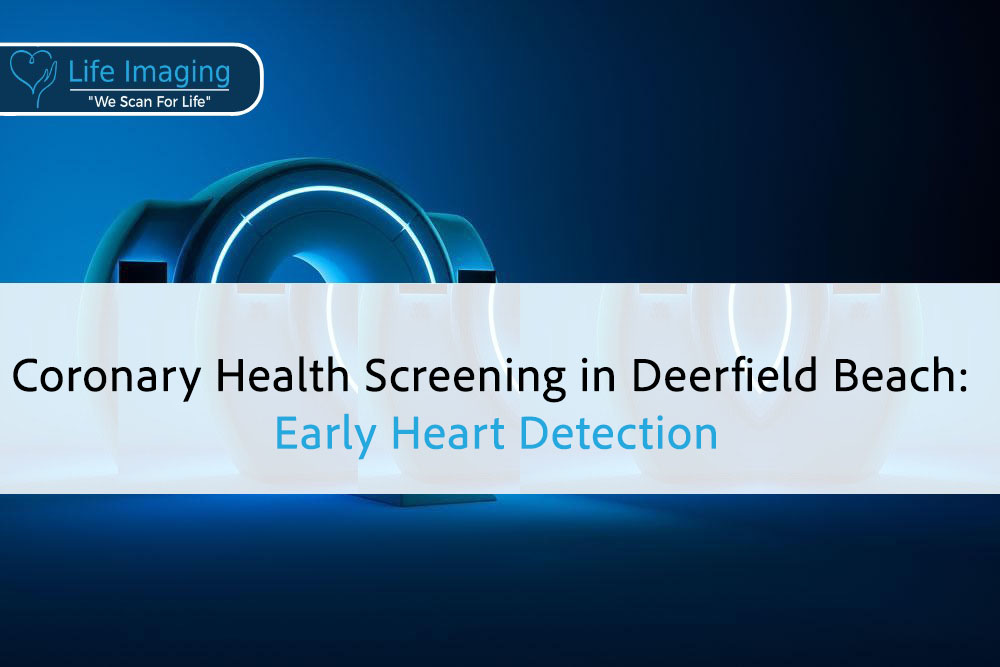
Introduction Your heart works around the clock, but changes inside

Introduction Your heart works nonstop, often without a single complaint.
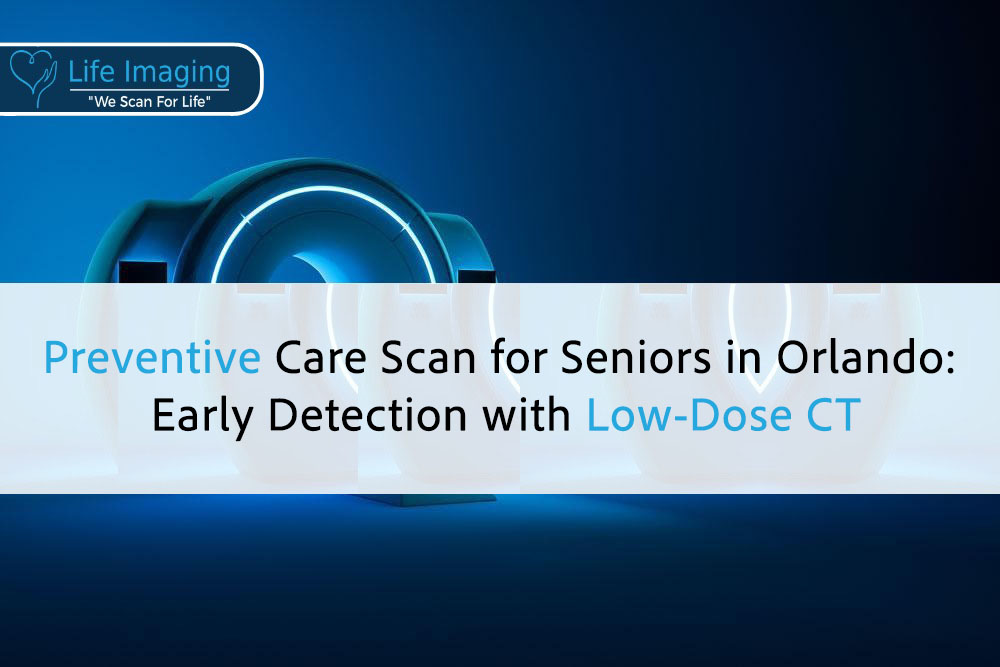
Introduction The best part of getting older is having time
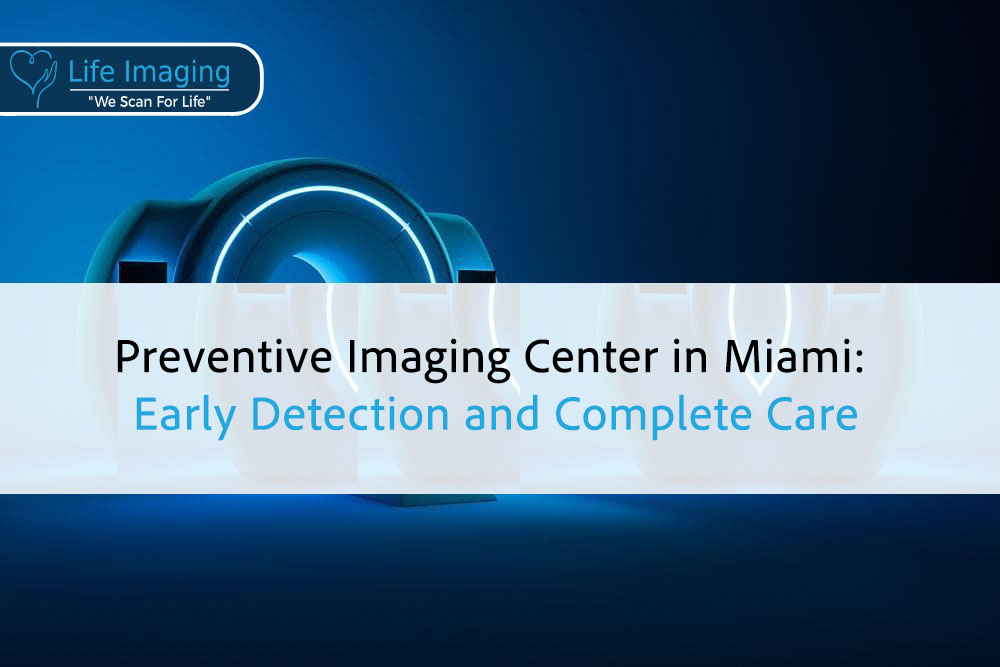
Introduction Good health isn’t just about treating problems, it’s about
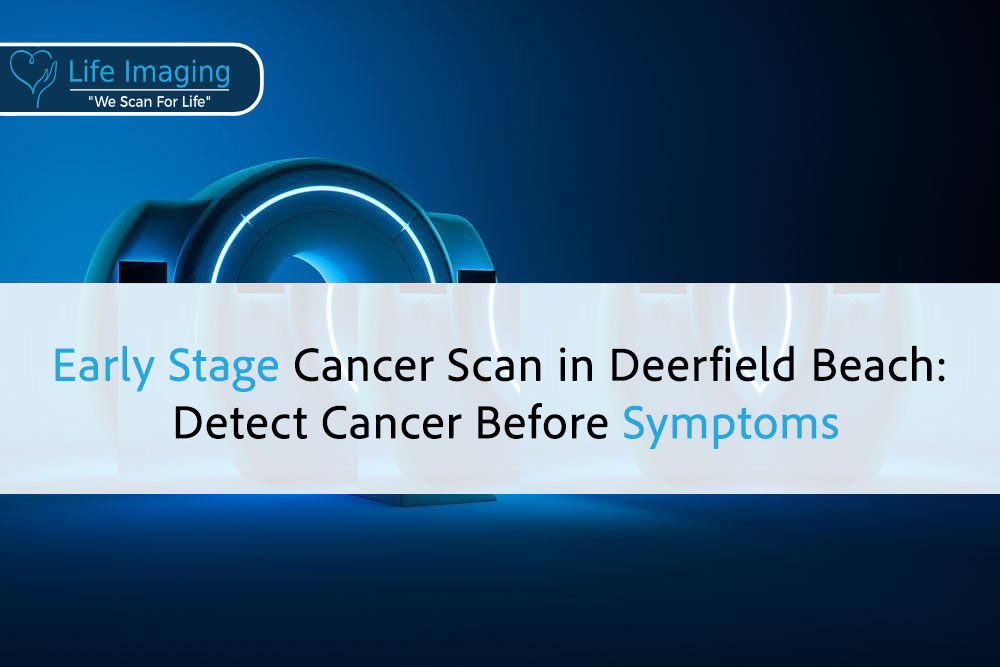
Introduction Cancer often begins quietly, long before you feel anything

* Get your free heart scan by confirming a few minimum requirements.
Our team will verify that you qualify before your scan is booked.
Copyright © 2025 Life Imaging – All Rights Reserved